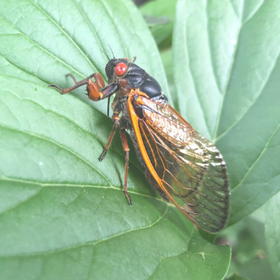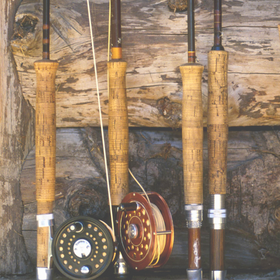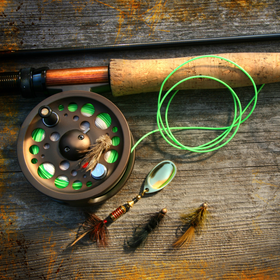Great saltwater fishing however can be had at the shore, right from the shore, no guide needed. But that brings the daunting question of ‘where do I begin?’ Beach access can be miles long, and the surf does not offer a freshwater angler easy ‘reads’ at least not to the first timer.
If we break down this water, though, clues can be found as to where to begin your saltwater casting. First off, surf fishing, we are just talking basically the water you would feel safe wading in, no deeper than where the waves crash, and not that deep until you know the water. Be aware of the tide weather it is rising or ebbing. It is also best to the first few times without waders, until you feel comfortable or limit the depth to no higher than mid-thigh as the water crests.
Look for flat beaches as these provide gentler surf, safer wading and more water conducive to the best tidal conditions. During high tides look for riptides, water rushing back out to sea. These often have created holes, bordered by sand bars, allowing nice casting spots. These holes also act as great feeding lanes for lying fish. The riptide current will also feel familiar to the freshwater caster.
During flat tides think of your water as similar to that of a lake, and approach it that way. If you remember bait often schools in slight currents that run parallel to the shore (littoral currents), you can use jetties, or manmade obstacles to your advantage. These obstacles interrupt the currents and are often gathering places for the prey and predators. Start casting close to the structure and then work your way further from them, varying your stripping and casting length. There are often unseen holes and divots where fish lie which are unseen from the surface. Not to mention eddying currents, which act as recycling for all sorts of activity, much like a freshwater back eddy.
One last strategy is to try to pinpoint bait. Baitfish locations are often indicated by diving birds, and they can be a fly fisher’s best friend. Occasionally schools can be seen near the surface and appear like a cloud moving through the water, or they will disturb the surface much like slurping trout. Bait often enters the ocean from bays, estuaries and other inshore sources, dynamic action can be found there as well.




